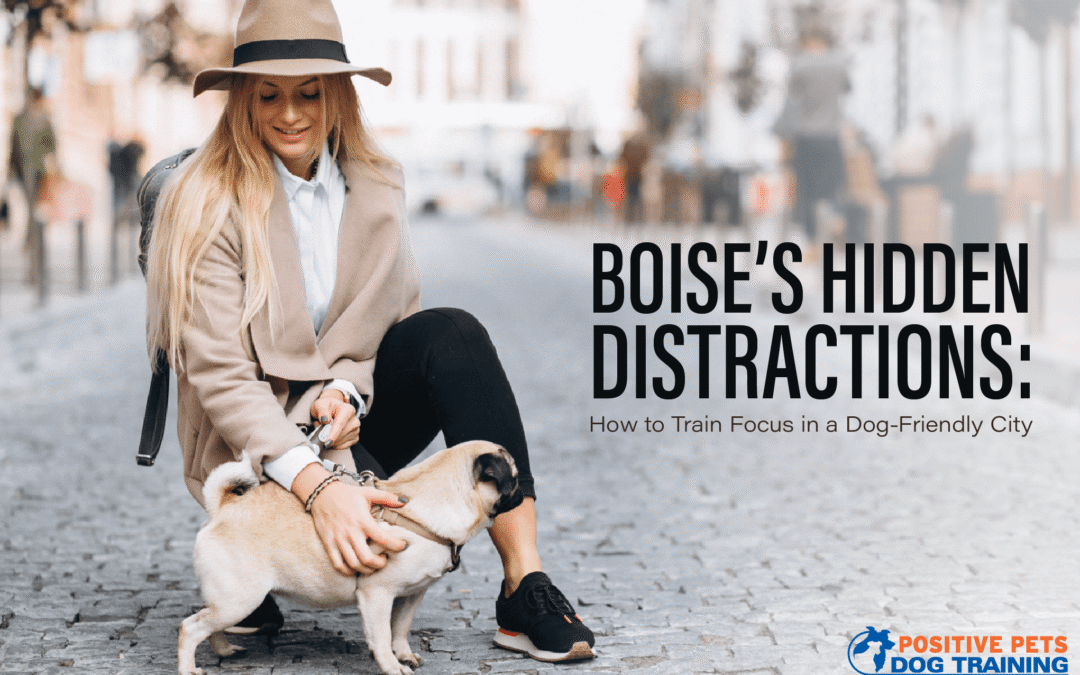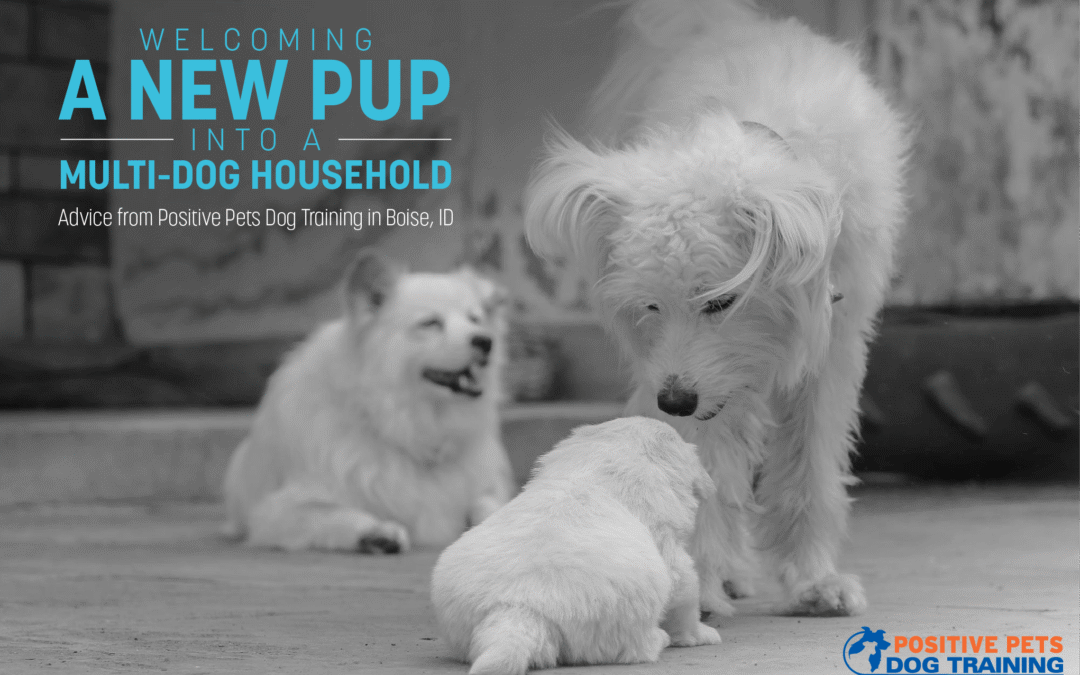When it comes to building a strong, lasting relationship with your dog, one of the most important skills you can develop is learning how to read and respond to their body language. Dogs may not speak our language, but they’re constantly communicating with us through their posture, movements, facial expressions, and vocalizations. At Positive Pets Dog Training in Boise, we believe that true behavior transformation starts with mutual understanding—and that begins by learning how to listen to your dog’s body language.
Why Understanding Body Language Matters
Many common dog behavior problems—like barking, lunging, nipping, or withdrawing—stem from a breakdown in communication. If a dog feels misunderstood, unheard, or unsafe, they’re more likely to act out in ways that confuse or frustrate their humans. But when you learn to recognize the subtle signs your dog is giving you, you can respond in ways that make them feel secure, respected, and connected to you. That connection is the key to shaping behaviors that last a lifetime.
Common Dog Body Language Cues and What They Mean
Here are a few basic cues that can help you begin to understand your dog better:
-
Tail Position and MovementA wagging tail doesn’t always mean a happy dog. A fast, high wag can indicate excitement, but it could also be overstimulation or even aggression. A low, slow wag may signal uncertainty or submission. A tucked tail? That’s fear.
-
Ear PositionEars up and forward usually indicate interest or alertness. Pinned back ears can mean fear, anxiety, or submission. Knowing your dog’s “normal” ear position helps you spot changes.
-
Eyes and Facial TensionSoft eyes mean a relaxed dog. Wide eyes or “whale eye” (where the whites of the eyes show) are signs of fear or stress. Tension in the jaw or a furrowed brow can indicate unease or discomfort.
-
Body PostureA relaxed, wiggly body shows a calm or playful dog. A stiff, upright stance may suggest guarding behavior. Cowering or trying to make themselves small is a sign of fear.
-
Mouth and VocalizationsA panting dog may just be hot, but excessive or sudden panting can also indicate anxiety. Growling, whining, or barking should always be considered in context—dogs use their voices to share a lot of emotional information.
How Positive Pets Helps Build Lifelong Bonds Through Communication
At Positive Pets Dog Training in Boise, we don’t just teach dogs commands—we teach humans and dogs how to communicate clearly. Every one of our training programs—from Puppy Training to the Ultimate Dog Program—focuses on building that essential bond. We believe that when a dog feels understood, they’re more confident, cooperative, and calm. And when you, as the owner, feel empowered to interpret what your dog is saying, you can guide them through challenges with confidence.
Our expert trainers help you:
- Recognize the early warning signs of stress before they turn into behavior problems.
- Build trust with your dog using principle-based techniques.
- Shape reliable, desirable behaviors through mutual respect and understanding.
- Create a peaceful home where both dogs and people thrive together.
A Better Relationship Starts with Communication
When you begin to understand what your dog is saying, you open the door to a deeper, more meaningful relationship. You’ll start to notice that they look to you for guidance, check in with you during walks, and feel more comfortable navigating the world by your side. Whether you’ve just adopted a new pup or are working through behavior issues with an older dog, the team at Positive Pets in Boise is here to help. Our programs are designed not just to train dogs—but to transform relationships. Let us help you build a language of love and leadership with your dog.


